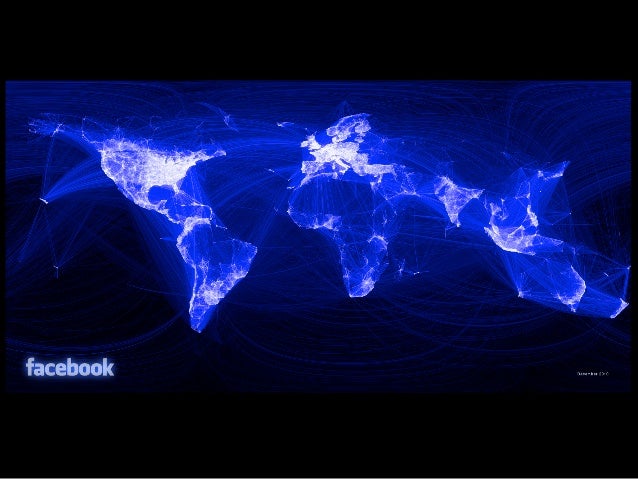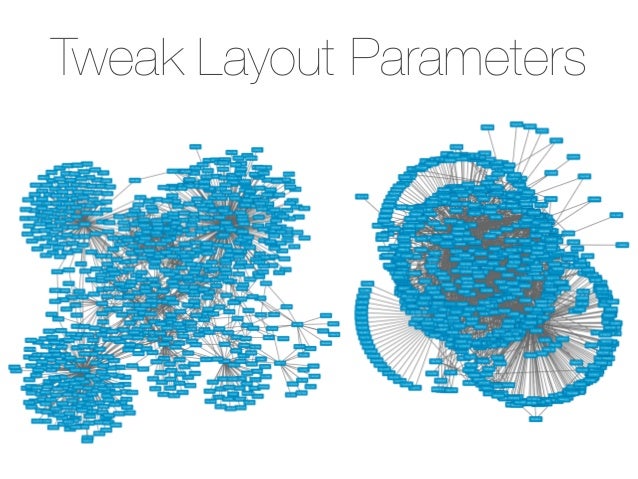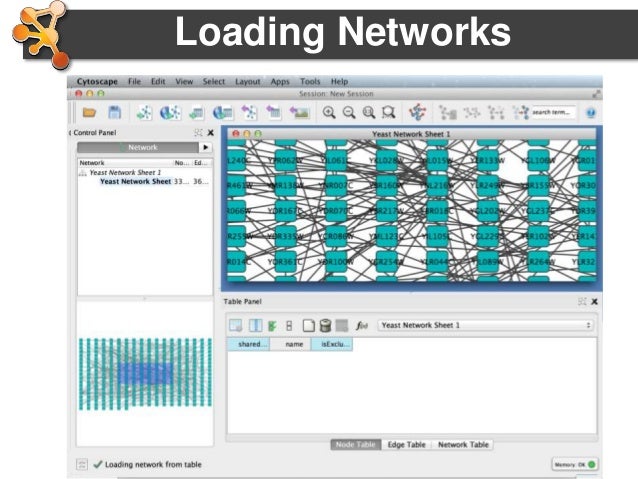

Click: Control, then click on the “…” next to it.Remember, the nodes in our network consist of both Samples and OTUs.

You should now see the Treatment groups of “Control”, “Fasting” or “otu” pop-up just below Node Color. whether they are in the Control or Fasting group. Click OK to apply the setting changes.īelow is a zoomed in portion of a network demonstrating the use of Cosine score for edge width determination.Let’s color our Samples by Treatment, i.e. From the Width drop down menu, select Cosine for the Column and Continuous Mapping for the Mapping Type.ĭouble click on the Continuous Mapping area of the menu to adjust the thickness of the edge. The thicker the edge, the higher the cosine score and therefore the more related the two individual nodes are to each other.Īgain working within the Style Tab, select the Edge menu. This value will determine the thickness of the edge between related nodes. To aid in the visualization of individual node relatedness within a cluster, the cosine score is used. Edge Styling ¶ Edge Thickness based on Spectral Similarity ¶ To visualize chemical structures, select the nodes of interest and do right-click, Apps / Cheminformatics tools / Paint structure on selected nodes.Īlso check out their website.

#CYTOSCAPE TUTORIAL INSTALL#
The ChemViz2 plugin can be be installed in the toolbar Apps /Apps manager / and type "ChemViz2" to find and install it. The Cytoscape plugin ChemViz2 can visualize the chemical structure of GNPS spectral library annotation in the nodes. If you organized your data into cohorts of samples, we can visualize the relative abundance (as measured by spectral counts which is psuedo-quantitative) with pie charts across these groups. Visualizing Group Abundances as Pie Charts ¶ Typically Parent mass or Precursor mass is selected for node labels of networks generated using GNPS. Within the Node menu, you will be able to apply a label to each of your nodes, you may select the Attribute from the drop down menu to use as a label and then select Passthrough Mapping as the Mapping Type. Node Styling ¶ Node Label to Spectrum Property ¶ As shown below, click on "Create New Style" and provide a name. In Cytoscape 3.6.1, create a new Cytoscape style. The network has been opened and will look like this. graphml file in the root of the unzipped job folder. From the Toolbar go to File / Import / Network / File (or cmd + L) and then select the.
#CYTOSCAPE TUTORIAL DOWNLOAD#
From the results page of molecular networking, you will need to download the graphML file for Cytoscape. The first step is to download the correct input to import into Cytoscape. Cytoscape 3.6 Analysis (Recommended) ¶ Downloading Cytoscape Import Files ¶ cys file and the name of the style you have created within the Cytoscape file for us to add. If you would like to suggest a new style, please send us a. Molecular Networking - Analog Discovery in Microbial Extractsįeature-Based Molecular Networking (FBMN) with MZmine2 - Microbiome Molecules in Fecal Samples in American Gut ProjectįBMN with MS-DIAL - Microbiome Molecules in Fecal Samples in American Gut Project Open-source Method for Reference Library Generationĭata Acqusition - Thermo QExactive (v1.0) Reference Spectral Library mzVault Addition Reference Spectral Library Batch Addition

Visualizing Group Abundances as Pie ChartsĮdge Thickness based on Spectral SimilarityĪdd/Curate Reference Spectrum in the Library MS2LDA and MotifDB Substructure Discovery GC-MS Library Search and Molecular Networking


 0 kommentar(er)
0 kommentar(er)
